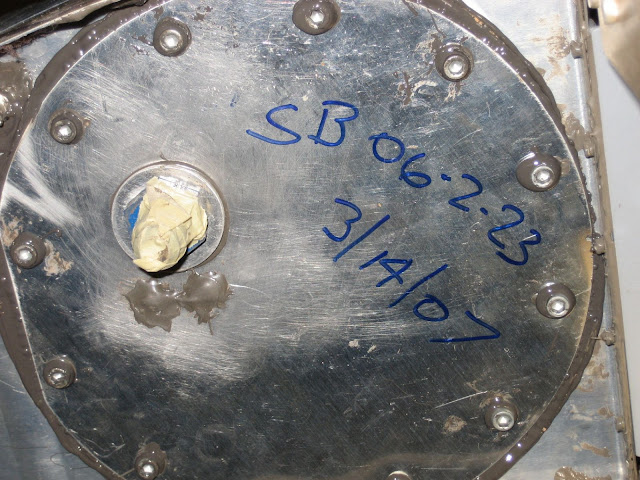After a bit more than a year of flying, I'm getting some minor leakage (weeping) from the left fuel tank level sender. It seems to appear primarily when doing acro or steep turns. This is the standard Stewart Warner float type sender. I installed it without any pro-seal, but may have put perma-tex (non-hardening) on the rubber gasket. The weepage appears to be coming from one screw and maybe a bit around the gasket.
Does anyone have any best practice suggestions for this? I could always pro-seal it like everything else, but figured I'd pulse the group for any other good fixes. Just a nuisance leak where I occasionaly have to clean off a blue streak at the root fairing.
The new pushrod shroud springs seemed to have taken care of the oil drips I was getting
Does anyone have any best practice suggestions for this? I could always pro-seal it like everything else, but figured I'd pulse the group for any other good fixes. Just a nuisance leak where I occasionaly have to clean off a blue streak at the root fairing.
The new pushrod shroud springs seemed to have taken care of the oil drips I was getting





